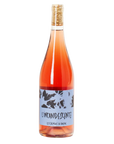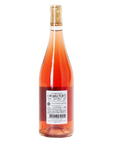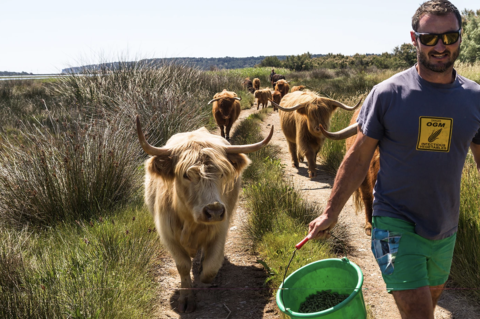In the sun-kissed vineyards of Languedoc-Roussillon, the natural wine movement thrives, intertwining tradition with innovation in every sip. Embracing organic and biodynamic practices, winemakers here eschew additives and interventions, allowing the terroir to speak authentically through each bottle. From the rugged foothills of the Pyrenees to the coastal plains along the Mediterranean, diverse microclimates nurture a rich tapestry of grape varietals, including Carignan, Grenache, and Mourvèdre, among others. These wines, marked by their purity and vitality, reflect not only the region's ancient winemaking heritage but also its commitment to sustainability and respect for the land. In Languedoc-Roussillon, natural wine isn't just a trend; it's a way of life, encapsulating the essence of the land and the passion of its people in every pour.










